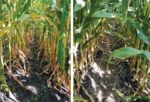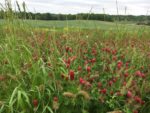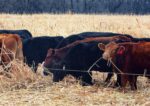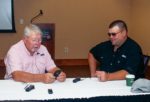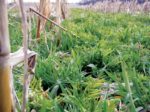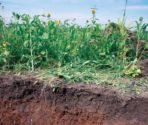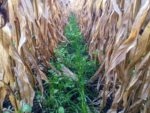Strategies for Addressing Site-Specific Problems with Variable-Rate Seeding and Fertilizer
Kentucky no-tiller Mark Chapman shares his approach and best practices for implementing variable-rate technology to push yields in the places where it matters most.
Read More


